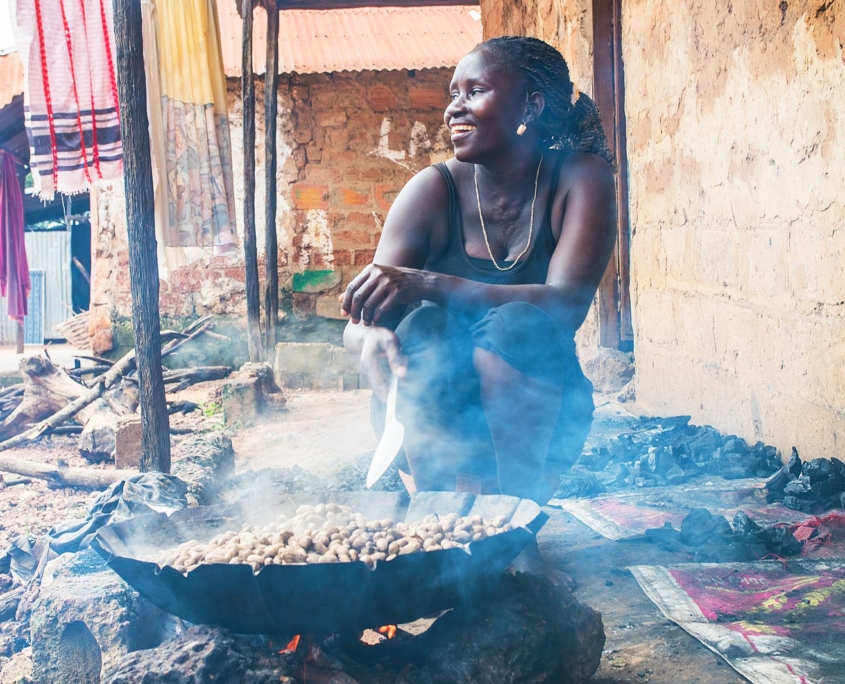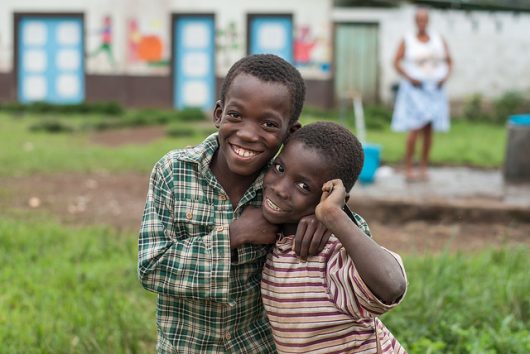 Uninhabited until the late 15th century, the isolated, volcanic, central African Sao Tome and Principe islands were first colonized by Portugal, which established a sugar-based economy supported by African slave labor. The country, which became independent in 1975, is a lower middle-income, semi-presidential republic. Here are 10 facts on hunger in Sao Tome and Principe.
Uninhabited until the late 15th century, the isolated, volcanic, central African Sao Tome and Principe islands were first colonized by Portugal, which established a sugar-based economy supported by African slave labor. The country, which became independent in 1975, is a lower middle-income, semi-presidential republic. Here are 10 facts on hunger in Sao Tome and Principe.
10 Facts on Hunger in Sao Tome and Principe
- Only 372 square miles in size, the country comprises two main islands and four islets, with 90% of the land government-owned. Half of the land is agricultural, although only 9% is arable. The country’s population of less than a quarter of a million is 76% urbanized.
- The latest poverty statistics for Sao Tome and Principe, based on 2017 data, report 55.5% of the population below the national poverty line and 15.7% below the international line designation for extreme poverty.
- Sao Tome and Principe are “on course” towards the global nutrition targets on childhood stunting and wasting, as well as exclusive breastfeeding, and have made some progress on low birth weight. However, the 2022 Global Nutrition Report notes no progress or worsening in the prevalence of anemia among women of reproductive age, with over 44% are still afflicted. The country is “off course” with regard to the remaining eight Global Nutrition indicators.
- Challenges faced by the country include remoteness, and lack of economic diversification, with significant dependence on subsistence farming, fisheries and small-scale commerce. There is substantial reliance on external financing, with little private sector development, no access to credit and markets and insufficient job opportunities. All of this is further complicated by energy shortages, high fuel import costs, climate vulnerabilities (e.g., 2021 floods) and external events such as the war in Ukraine.
- Balanced against these challenges, the World Bank assesses Sao Tome and Principe’s “significant untapped natural wealth” as a basis for “nature-based tourism.” This is supported by an expectation of growth in agricultural exports and tourism, along with infrastructure development and energy reform
- Sao Tome and Principe legislated approval of the National School Feeding and Health Programme (PNASE) in 2023, which provides a framework for school feeding/food security, food safety and quality/nutrition
- IFAD, the International Fund for Agricultural Development, has been active in Sao Tome and Principe since the 1980s, financing agricultural sector investment projects to facilitate rural community development. Their projects have paid special attention to the inclusion of women and youth in development interventions, and to increase market access with the goal of food and nutrition security, as well as income. IFAD in 2020 financed COMPRAN (Commercialization, Agricultural Productivity and Nutrition Project), which targeted small-scale farmers, with attention to women and youth, and individuals with disabilities or affected by malnutrition.
- In 2023, the World Food Programme reported that while small-scale farming increases food availability, still over half of the country’s food is imported. WFP’s 2024-2028 strategy for the country, therefore, is to target United Nations Sustainable Development Goal 1, access to food, especially to ensure that food and other essential needs can be met before, during and after emergencies and disasters. This strategy, which includes funding from Portugal, the U.N. and the private sector, is particularly aimed at school feeding programs that are nutrition-sensitive, gender-sensitive, climate-resilient, green and sustainable. Priority Area I of the African Development Bank Group’s strategy for 2024-2029 engagement in Sao Tome and Principe is to support the development of agricultural and blue economy (ocean resources) value chains. This is in line with Sao Tome and Principe’s Agenda 2030 strategy to reduce malnourishment and includes food security as an area of special emphasis for the bank’s funding.
- In December 2024, Sao Tome and Principe graduated from its least developed country status. Nevertheless, it continues to need and receive external support. This includes IFAD’s nutrition education and school and community food improvement. IFAD projects have included the creation of cooperatives, infrastructure to open up production areas, revitalization of several value chains for organic niche markets and support for the production of various crops. A Rural Poor Stimulus Facility grant of $444,295 reached 4,236 vulnerable households (double its target) and impacted almost 17,000 people (more than double expected).
- In December 2024, Sao Tome and Principe graduated from its least developed country status. Nevertheless, it continues to need and receive external support. This includes IFAD’s nutrition education and school and community food improvement. IFAD projects have included the creation of cooperatives, infrastructure to open up production areas, revitalization of several value chains for organic niche markets and support for the production of various crops. A Rural Poor Stimulus Facility grant of $444,295 reached 4,236 vulnerable households (double its target) and impacted almost 17,000 people (more than double expected).
Despite its small size Sao Tome and Principe faces challenges that mirror those of many developing nations. However, through resilience, strategic initiatives and support from the international community, continual progress is being made toward sustainable development, economic stability and reducing hunger in Sao Tome and Principe. Despite its small size, both geographically and in population, the challenges Sao Tome and Principe have experienced are not unique.
– Staff reports
Photo: Flickr
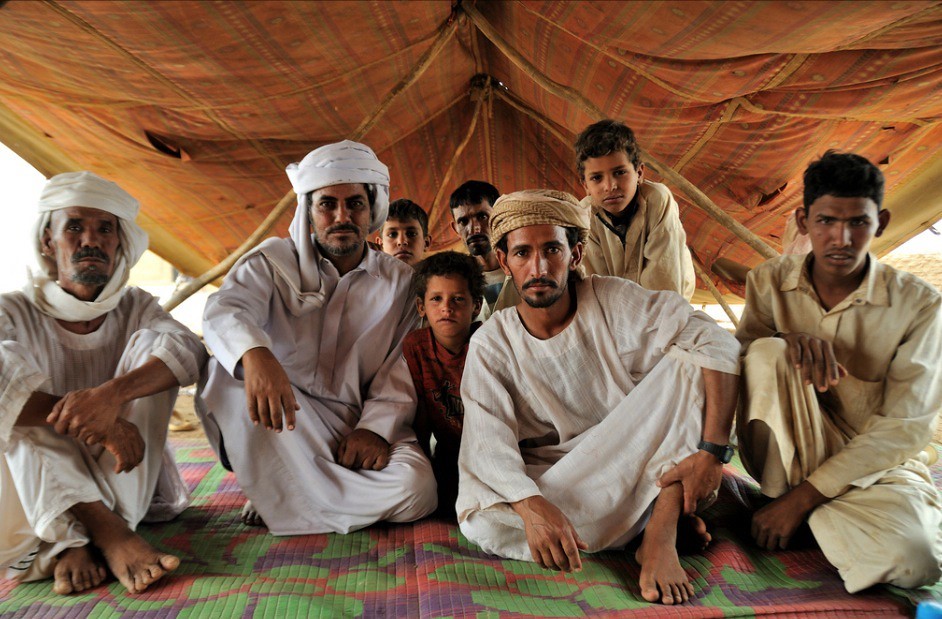
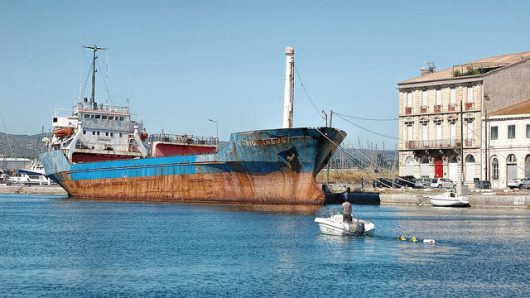
 Originally under the control of the Turkish Ottoman Empire, Romania was occupied by the Soviets after WWII, which was followed by the abdication of its king. It was ruled for decades by an
Originally under the control of the Turkish Ottoman Empire, Romania was occupied by the Soviets after WWII, which was followed by the abdication of its king. It was ruled for decades by an  The
The 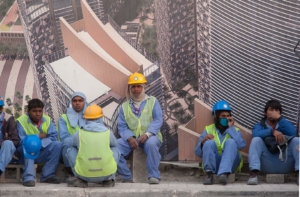

 The
The 
